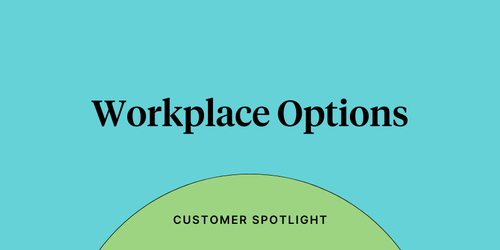
Article

Written by
Former Director of Product Marketing, Culture Amp
With the gig economy thriving, and tenures at an all-time low, employee turnover is a common and expensive part of talent management. Some estimates put the cost of employee turnover at 100% - 150% of the incumbent’s salary. When considering job board advertising, interviewing, and onboarding a new employee, the costs can be as much as 200% of an employee’s annual salary.
For all the best-laid-succession plans, regretful employee turnover often sees organizations disrupted, remaining team members overworked, engagement on the decline, and people leaders frazzled.
Knowing who will leave your company and when is a powerful insight. However, predicting why employees leave can be complicated. This is why we’re proud to announce a new predictive analytics capability within Culture Amp. Using the platform, you’ll see which employees are most at risk of leaving and, more importantly, why, so you can take immediate action to improve employee retention.
Since Culture Amp's founding in 2011, we’ve collected insights from over 6,000 companies globally. As with any machine learning technology, your predictions are only as good as the data you can feed in. Culture Amp has the richest collection of insights across the employee experience, from the candidate experience to employee engagement to performance. This update gives companies predictive capabilities usually reserved for those with large in-house people analytics or data science teams.
There are signals that predict employee turnover that is well-known and expected. For example: how an employee answers the employee engagement survey question, “I see myself at [company] in two years time.”
Subtler signals - like shifting patterns over several engagement surveys – act more sophisticatedly to indicate whether people may leave. The proprietary algorithm considers a range of obvious and subtle signals to sense turnover risks.

Having information about which cohorts are at risk of leaving and why enables HR teams and people leaders to take action to address drivers and retain employees.
“Beyond the exit interview, little is known or documented about why an employee, or groups of employees, are choosing to leave an organization at various stages of their tenure. Our new dashboard provides a predictive forecast of a company’s employee turnover. Our proprietary algorithms sense when an employee is going to leave an organization and uncover why,” explains Jason McPherson, one of Culture Amp's Chief Scientists.
The People and Culture team at Auto Trader used Culture Amp to understand better why people leave the company. This feedback helps identify future areas for improvement and has reduced employee turnover and related costs.
As with most companies, employee turnover is really disruptive for us, especially when we operate such a lean model. Every employee that leaves is a significant loss for our business.
Christos Tsaprounis
Head of People and Culture, Auto Trader
“As with most companies, employee turnover is disruptive for us, especially when we operate such a lean model. Every employee that leaves is a significant loss for our business. When we only factor in the employee replacement and recruitment cost, it’s about £6,000 for each position we need to re-hire, and that’s only the basic cost,” said Christos Tsaprounis, Head of People and Culture. By focusing on culture and taking action on the insights from Culture Amp, Auto Trader saw a reduction in turnover by 9 percentage points, equivalent to saving £486,000 in recruitment costs alone.